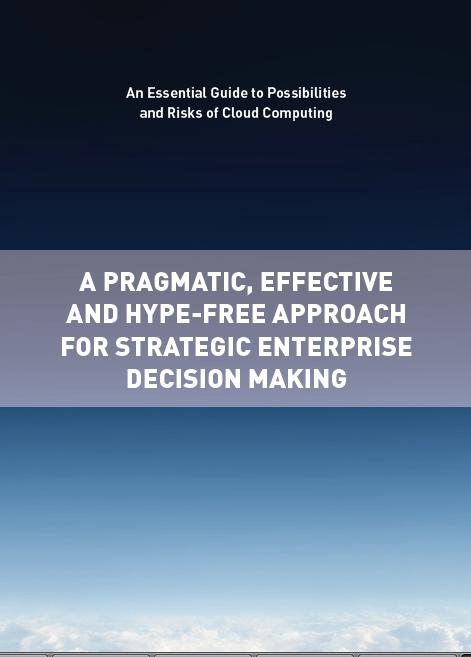Cloud Computing is quite possibly the hottest, most discussed and often misunderstood concept in Information Technology (IT) today.
In short, Cloud Computing proposes to transform the way IT it’s deployed and managed, promising reduced implementation, maintenance costs and complexity, while accelerating innovation, providing faster timeto-market, and the ability to scale high-performance applications and infrastructures on demand.
But business managers know that in spite of the benefits of every new technology/business model there are also risks and issues (like for example: trust, loss of privacy, regulatory violation, data replication, coherency and erosion of integrity, application sprawl and dependencies, etc.) and that rushing things when it comes to Cloud Computing can be a very bad decision, but blowing off Cloud Computing all together because you think you can secure your own stuff better than a service provider or because many claims, made about Cloud Computing, have lead you to the point of “irrational exuberance†and unrealistic expectations, isn’t smart, either .

|
The goal of this
White Paper
is to provide a realistic perspective of the possibilities, benefits and risks of Cloud Computing; what to look for, what to avoid, and also some tips and best practices on implementation, architecture and vendor management strategies. It is important to consider all those aspects before you decide either to move (but without putting the carriage before the horse) or not to move your systems, applications, and/or data to to the “Cloudâ€, in a “hype free†approach.
Click here to download the White Paper (or click on the image at left side) |
Thanks and please let me know how I can help you.
P.S. And of course your comments, feedback’s and thoughts are always welcome.